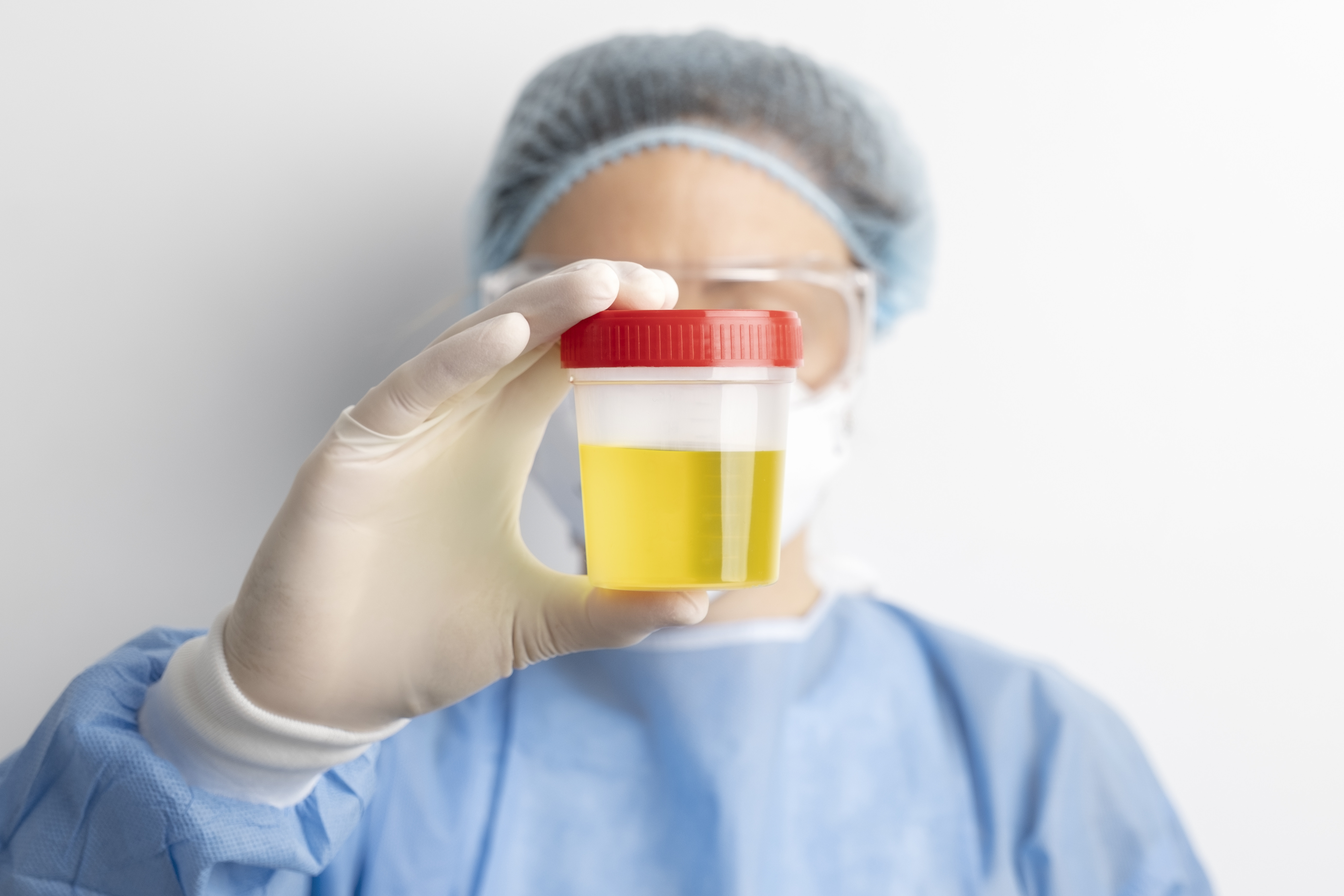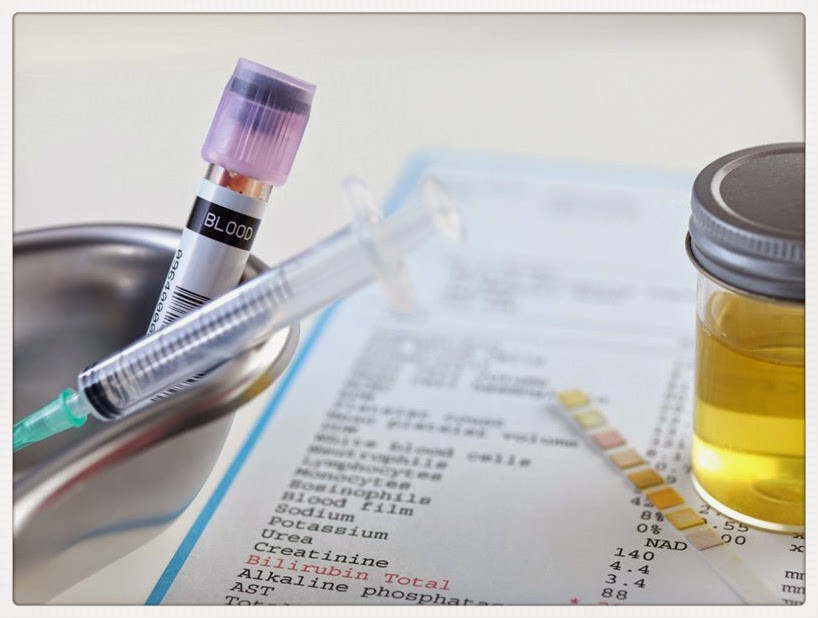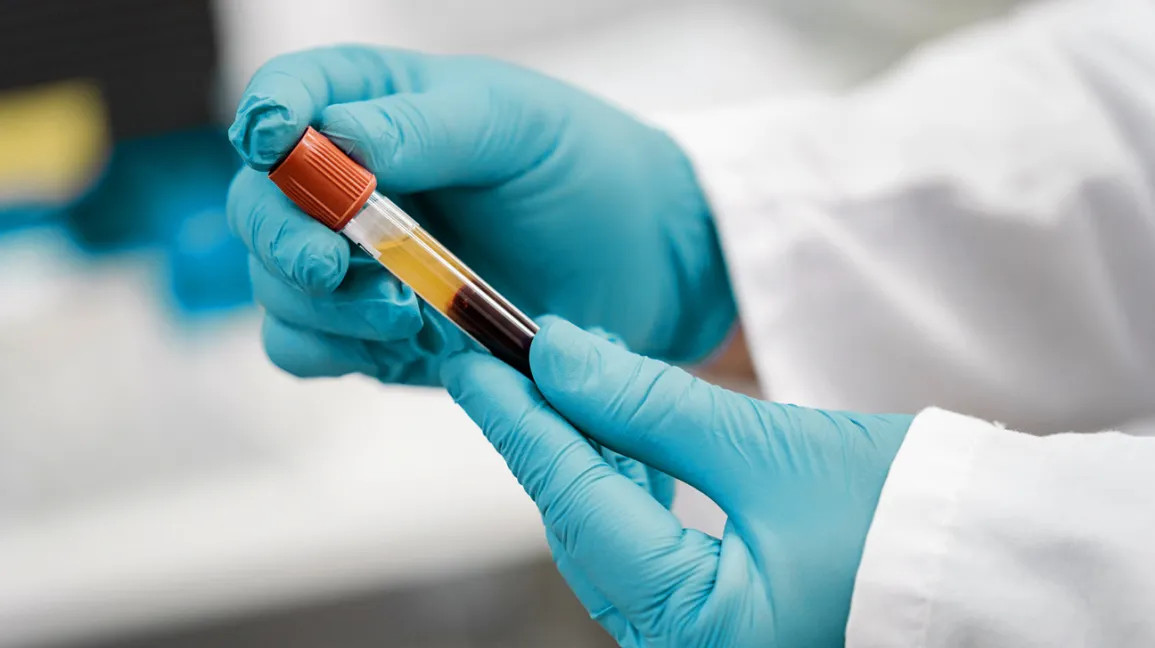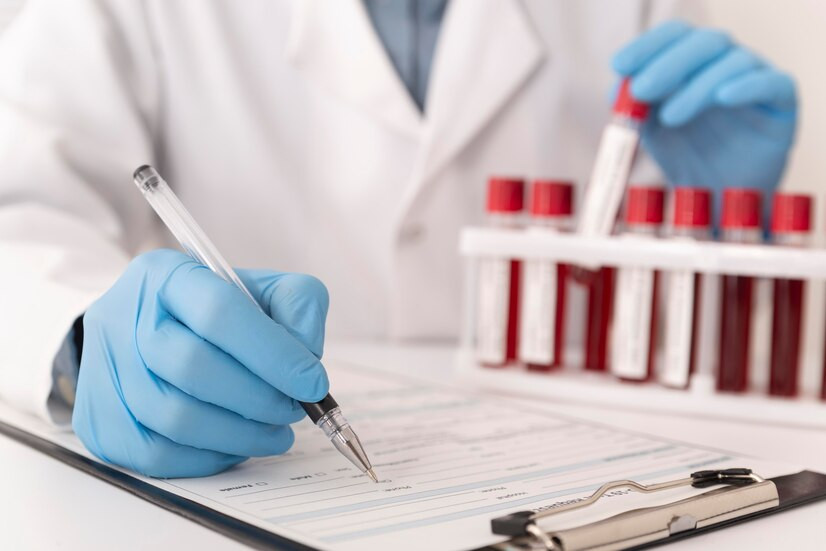Definisi
Pemeriksaan glukosa dalam urine mengukur kadar gula dalam urine. Glukosa merupakan salah satu tipe gula dimana menjadi salah satu sumber energi yang diperlukan sel tubuh. Darah membawa glukosa ke dalam sel. Tubuh akan mengubah karbohidrat yang dikonsumsi menjadi glukosa.
Pada kondisi normal, urine mengandung sangat sedikit atau tidak ada gula darah sama sekali. Ginjal bekerja untuk mengeluarkan glukosa yang berlebih melalui urine. Kadar glukosa dalam darah yang terlalu tinggi dapat menandakan adanya permasalahan kesehatan. Bila kadar gula darah dalam urine tinggi, hal ini dapat menandakan adanya gangguan pada fungsi ginjal.
Indikasi
Pemeriksaan glukosa urine merupakan salah satu bagian dari pemeriksaan urine (urinalisis), dimana pemeriksaan ini memeriksa dan mengevaluasi kandungan dan komponen penyusun urine. Pemeriksaan ini juga direkomendasikan pada pasien yang diduga diabetes.
Beberapa gejala awal diabetes seperti sering buang air kecil (poliuria), rasa haus atau lapar yang meningkat, infeksi saluran kencing yang sering atau infeksi jamur, pandangan yang memburuk, kelelahan yang berlebih dan kekurangan tidur, luka yang sulit sembuh, berat badan yang hilang tanpa alasan, rasa kesemutan dan mati rasa pada ujung kaki atau tangan.
Pemeriksaan ini disarankan sebagai pemeriksaan tambahan untuk memastikan diagnosis dari diabetes sehingga dokter mungkin akan menyarankan pemeriksaan tambahan seperti pemeriksaan darah untuk menegakkan diagnosis.
Kontraindikasi
Tidak ada kontraindikasi khusus terkait pemeriksaan glukosa urine. Pemeriksaan glukosa urine dapat dianggap aman dan risiko terkait sedang.
Persiapan Sebelum Pemeriksaan
Tidak ada persiapan khusus sebelum melakukan pemeriksaan glukosa urine. Pemeriksaan ini tidak mewajibkan Anda puasa sebelumnya. Informasikan pada dokter bila Anda mengonsumsi obat atau makanan tertentu yang dapat memengaruhi pemeriksaan. Pastikan kondisi Anda tidak dalam kondisi stres. Anda mungkin akan diminta minum cukup cairan sebelum tiba ke tempat pemeriksaan.
Prosedur Pemeriksaan
Pemeriksaan glukosa urine menggunakan sampel urine sehingga diperlukan untuk mengoleksi sampel urine pada wadah khusus tertentu. Anda akan diberikan wadah khusus untuk menyimpan urine dan instruksi bagaimana mengambil serta menyimpan sampel Anda. Pengambilan sampel ini dapat dilakukan di rumah maupun di tempat laboratorium.
Beberapa langkah dalam pengambilan sampel urine:
- Cuci tangan dengan sabun dan air, lalu keringkan tangan
- Buka wadah tanpa menyentuh bagian dalam wadah
- Bersihkan area kelamin dengan lap pembersih :
- Pada area penis, bersihkan pada bagian kepala (ujung) penis. Bila Anda memiliki kulit luar, tarik kulit tersebut ke belakang
- Pada area vagina, pisahkan kulit sekitar vagina dan lap pada bagian sisi dari depan ke belakang
- Buang air kecil selama beberapa detik, lalu hentikan buang air kecil. Siapkan wadah, lalu tampung hasil buang air kecil ke dalam wadah. Jangan biarkan wadah menyentuh tubuh
- Ambil sampel sesuai kebutuhan. Pada kontainer akan terdapat tanda batas
- Selesaikan buang air kecil Anda
- Tutup wadah kontainer dan kembalikan pada laboratorium untuk dilakukan pemeriksaan
- Selanjutnya, segera serahkan sampel urine ke laboratorium untuk dilakukan pemeriksaan lebih
Bila Anda memiliki hemoroid dan terjadi pendarahan atau anda mengalami priode menstruasi, informasikan pada dokter sebelum pemeriksaan.
Nilai Normal dan Abnormal
Nilai normal pemeriksaan glukosa urine antara 0 hingga 0.8 mmol/L (milimol per Liter). Umumnya, glukosa tidak ditemukan dalam urine. Nilai abnormal pemeriksaan terjadi bila hasil pemeriksaan lebih tinggi dari batas atas normal.
Hasil dan Saran (Pemeriksaan Lanjutan)
Bila hasil pemeriksaan Anda tidak normal atau diatas 0.8 mmol, dokter akan mempertimbangkan beberapa pemeriksaan tambahan untuk memperkuat diagnosis. Penyebab umum dari glukosa dalam urine yang tinggi adalah diabetes. Penyebab lain dari glukosa urine yang tinggi seperti adanya gangguan pada ginjal (renal glikosuria - kondisi langka dimana ginjal melepaskan glukosa di dalam urine ketika tidak terjadi peningkatan gula darah) serta diabetes gestasional (peningkatan gula darah ketika masa kehamilan). Pada beberapa kasus ibu hamil memiliki nilai pemeriksaan glukosa urine yang lebih tinggi dibanding wanita pada umumnya.
Konsultasikan ke Dokter yang Tepat
Bila hasil pemeriksaan glukosa urine anda menunjukkan hasil tidak normal, Anda dapat berkonsultasi dengan dokter umum untuk mendapatkan diagnosis dan terapi yang sesuai. Dokter mungkin akan menyarankan melakukan pemeriksaan lebih lanjut terkait pemeriksaan apa yang perlu dilakukan sebelum penegakakan diagnosis. Bila diperlukan, Anda dapat berkonsultasi dengan dokter spesialis penyakit dalam terkait kondisi Anda.
Mau tahu informasi seputar hasil pemeriksaan laboratorium, radiologi, dan lainnya? Cek di sini, ya!
- dr. Monica Salim
Glucose (Urine). (2023). Retrieved 19 June 2023, from https://www.urmc.rochester.edu/encyclopedia/content.aspx?ContentTypeID=167&ContentID=glucose_urine#
Glucose in Urine Test. (2022). Retrieved 19 June 2023, from https://medlineplus.gov/lab-tests/glucose-in-urine-test/
Urine Glucose Test. (2022). Retrieved 19 June 2023, from https://www.healthline.com/health/glucose-test-urine
What is a Urine Glucose Test?. (2022). Retrieved 19 June 2023, from https://www.verywellhealth.com/urine-glucose-test-what-it-measures-results-next-steps-5213828











